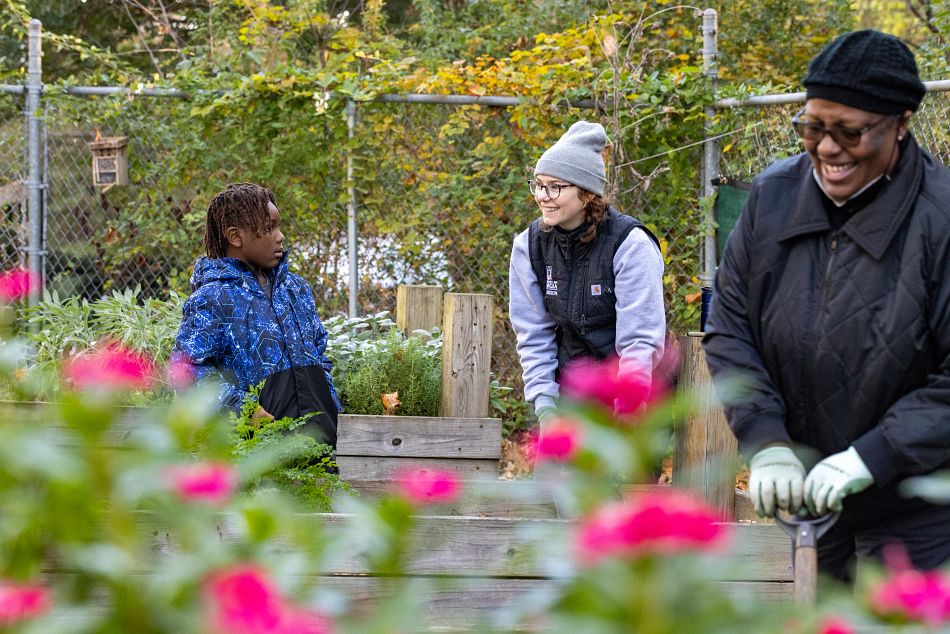By Sydne Moody
University of Georgia

Volume XXX |
David Kissel, director of the UGA Agricultural and Environmental Services Laboratories, developed the new soil test. The UGA Soil, Plant and Water Laboratory began using it last November to measure soil pH and make lime recommendations.
The new test, Kissel said, allows for better soil comparisons from year to year and even within the same year.
This is important, he said, because if the soil's pH isn't at a specific level, the plants can't absorb the nutrients. No matter how much you fertilize it, the plant still won't grow well if the pH level isn't correct.
Sneaky pH
Some soils, such as the sandy soils of southeast Georgia, make finding a pH level difficult, Kissel said. Accurate measurements of soil pH are affected by field treatment and weather.The new method, he said, uses a dilute salt solution to find the pH, which causes less variation than the old method, which used a distilled-water solution to find results. The use of the salt solution counteracts the normal changes in salt levels from fertilizers and rainfall.
"We needed to reduce the number of chemicals in the testing procedures," Kissel said of the new, environmentally friendly test. No toxic chemicals are used in the new test.
Lots of work
The change from the previous soil test to the new one required significant changes. The more than 200 crop codes all required different element combinations."There were a lot of changes in information in the computer system to prevent errors in the recommendations for the soil," Kissel said.
Because the new test uses a salt solution, the target pH for each of the crop codes had to be adjusted. "We did it because it's better for farmers and clients who use our soil test," Kissel said.
Soil samples should be taken in the spring and fall, he said. Last year, 90,000 samples were sent to the Athens, Ga., lab. A routine soil test is a two-day process that costs $6.
"It's relatively inexpensive for how important the information is," Kissel said.
(Sydne Moody is a student writer with the University of Georgia College of Agricultural and Environmental Sciences.)






